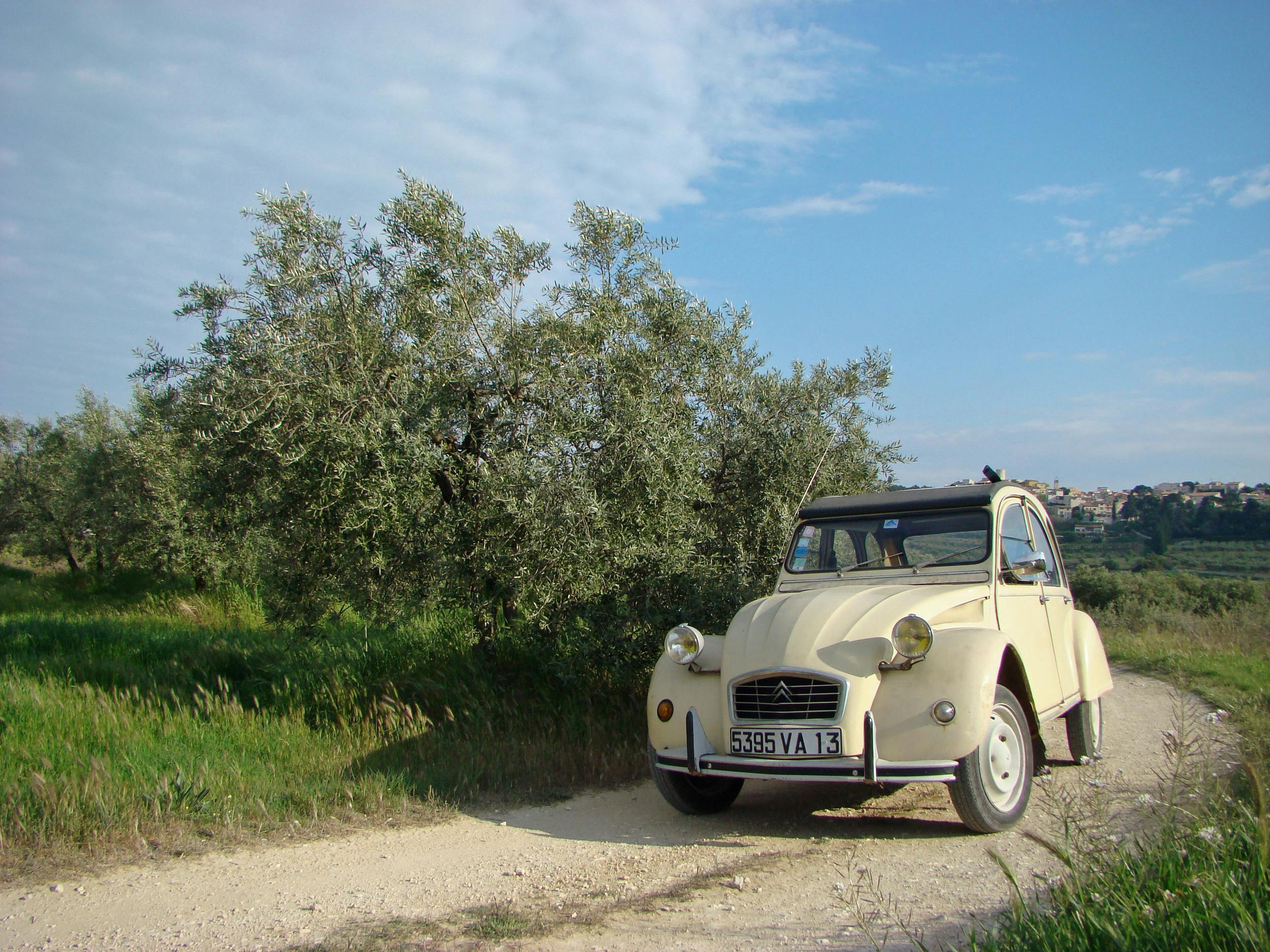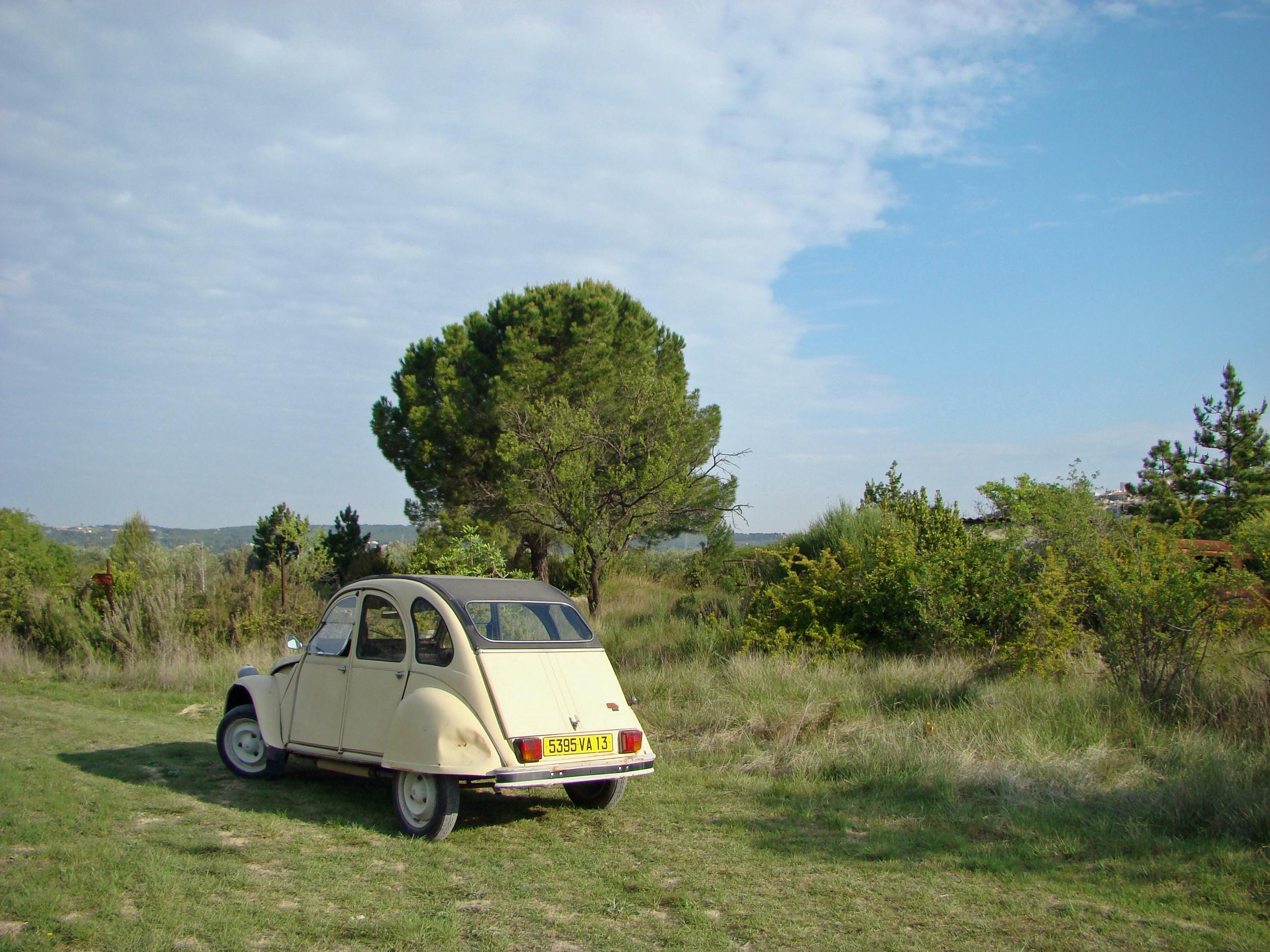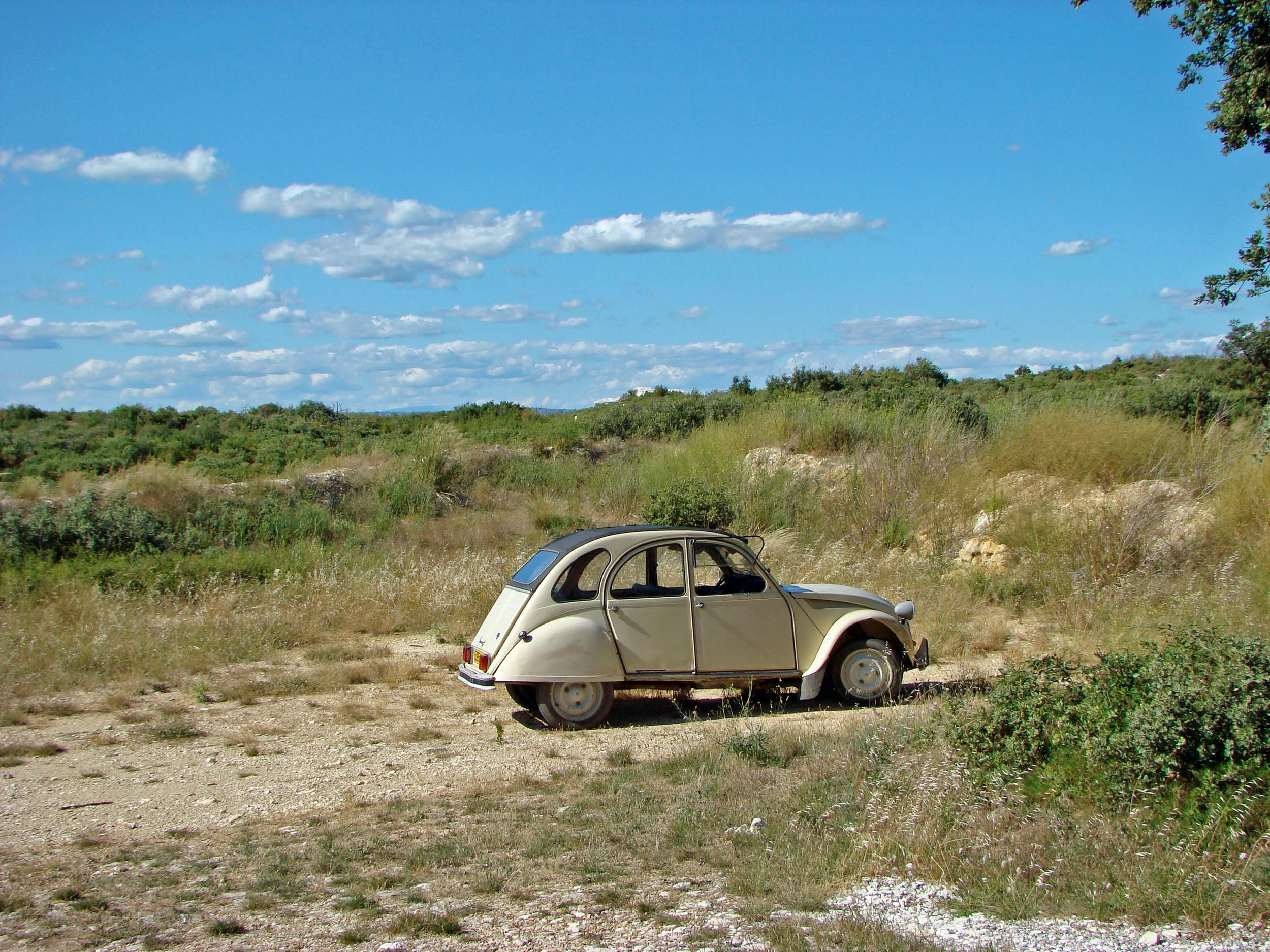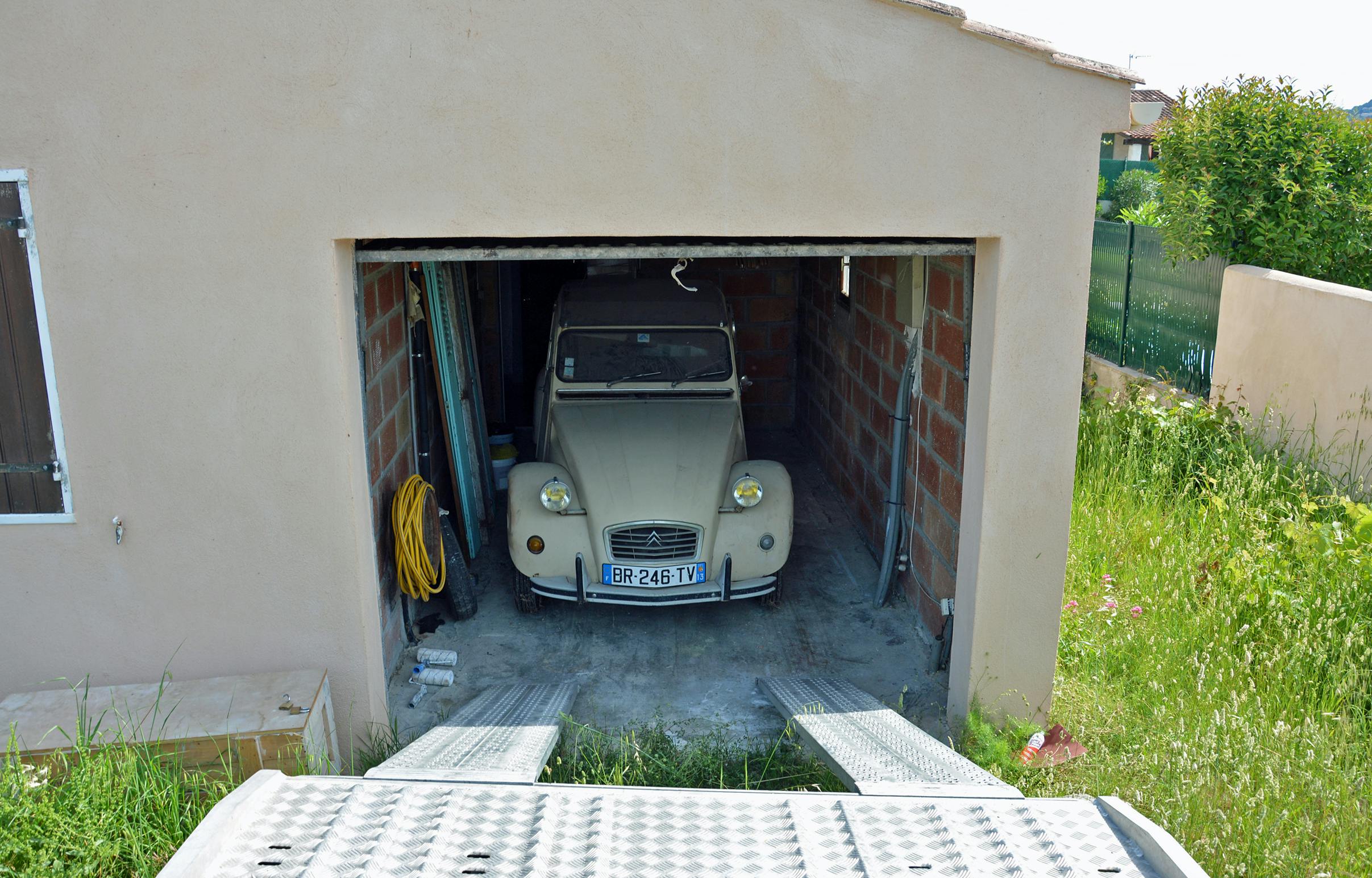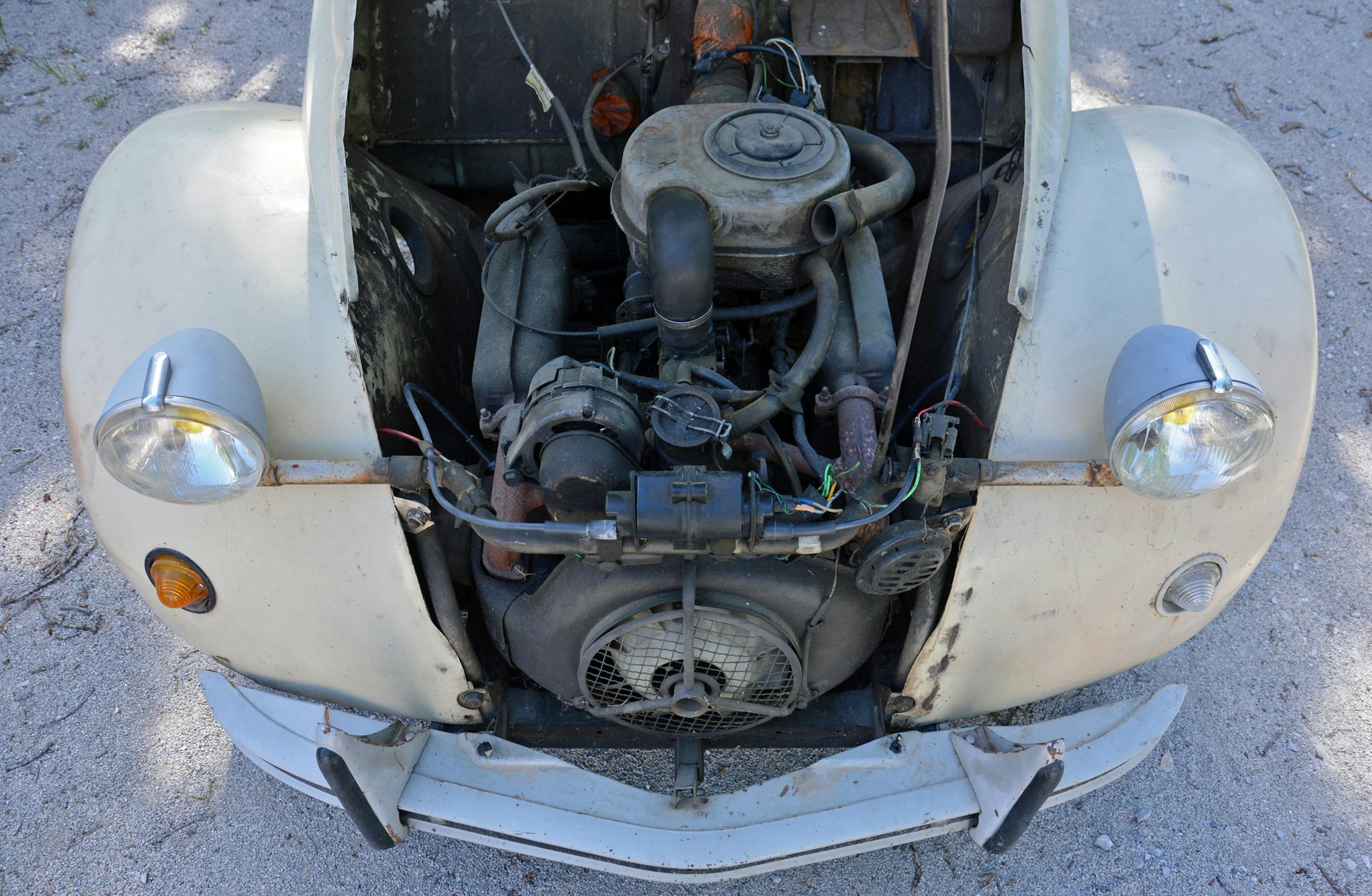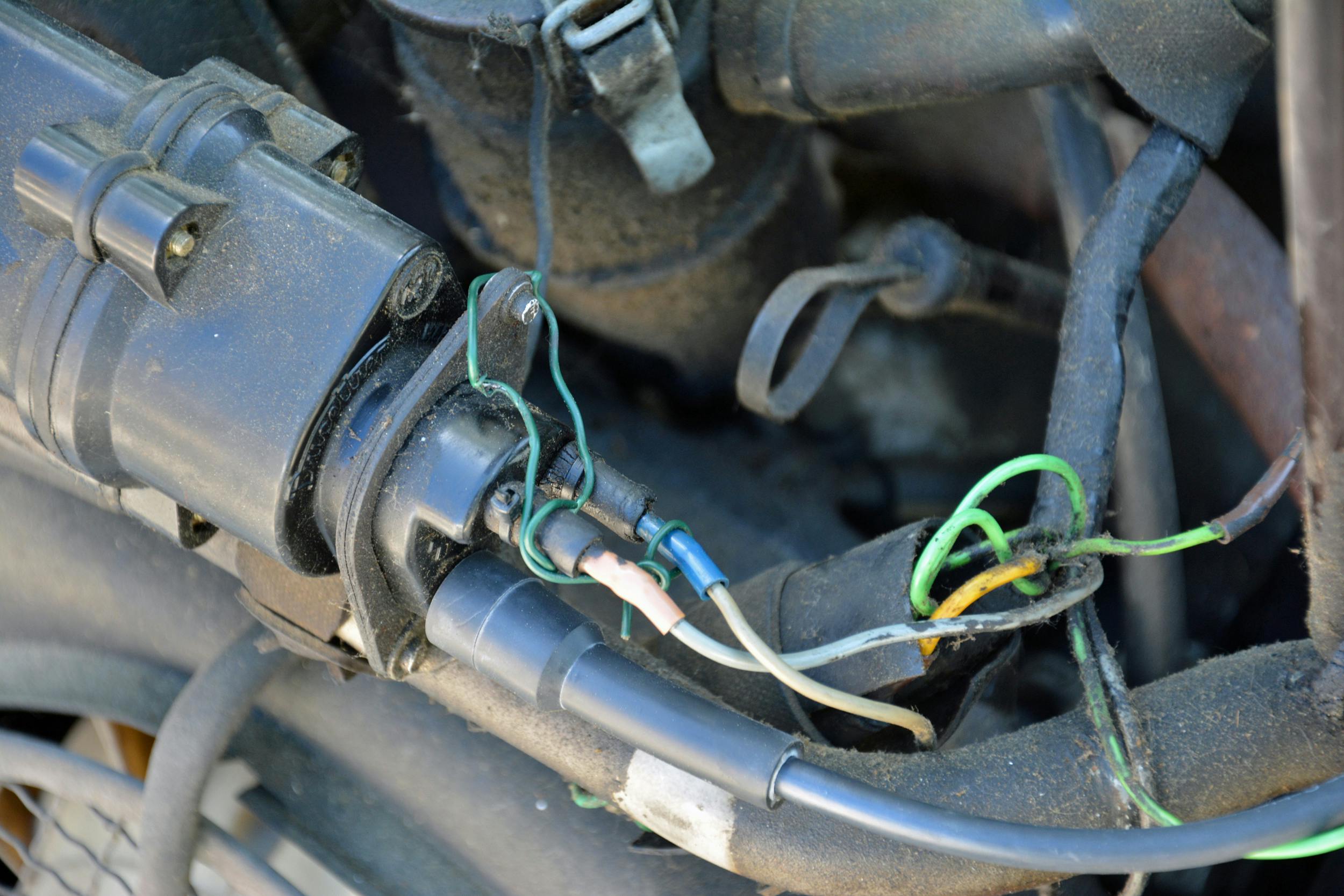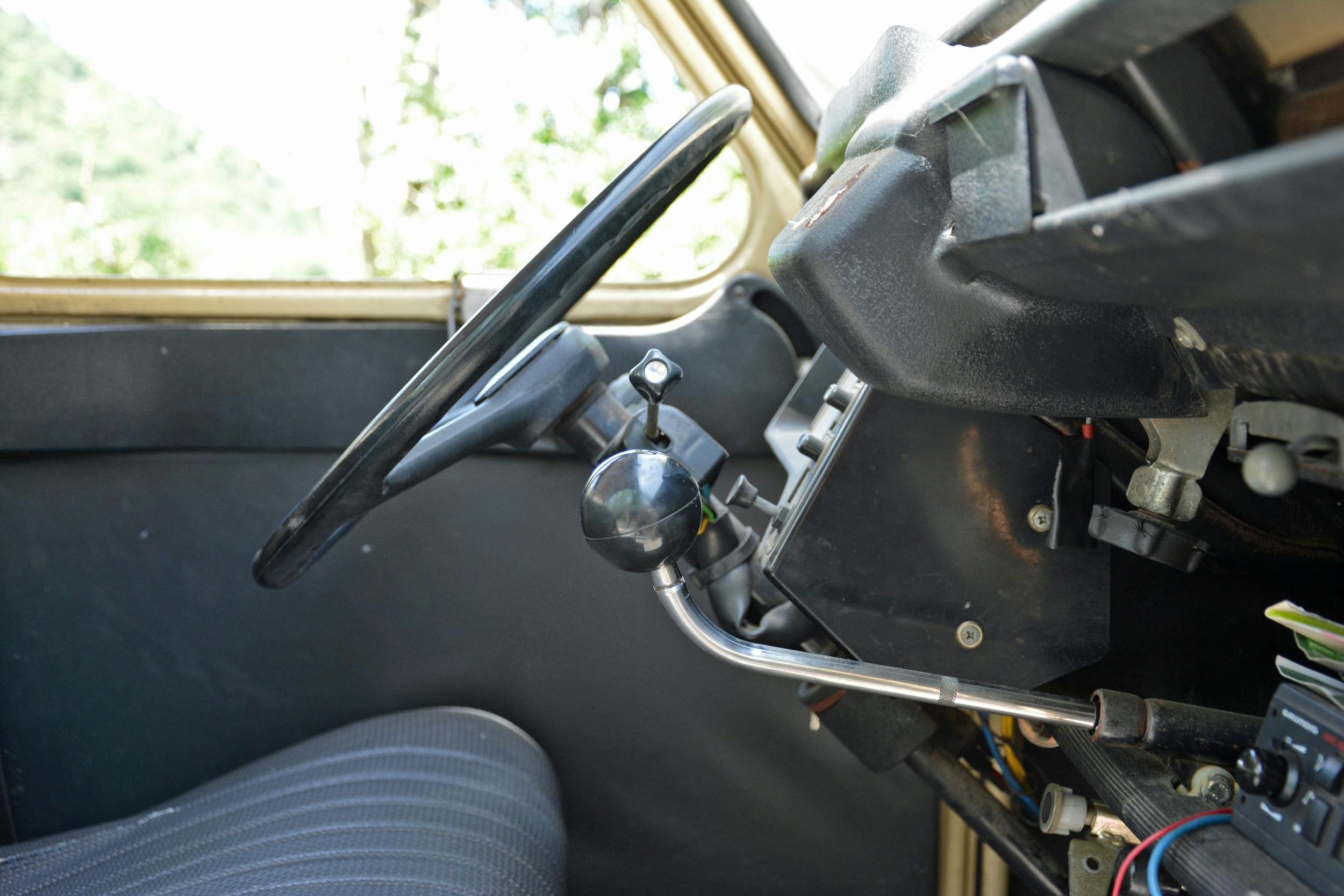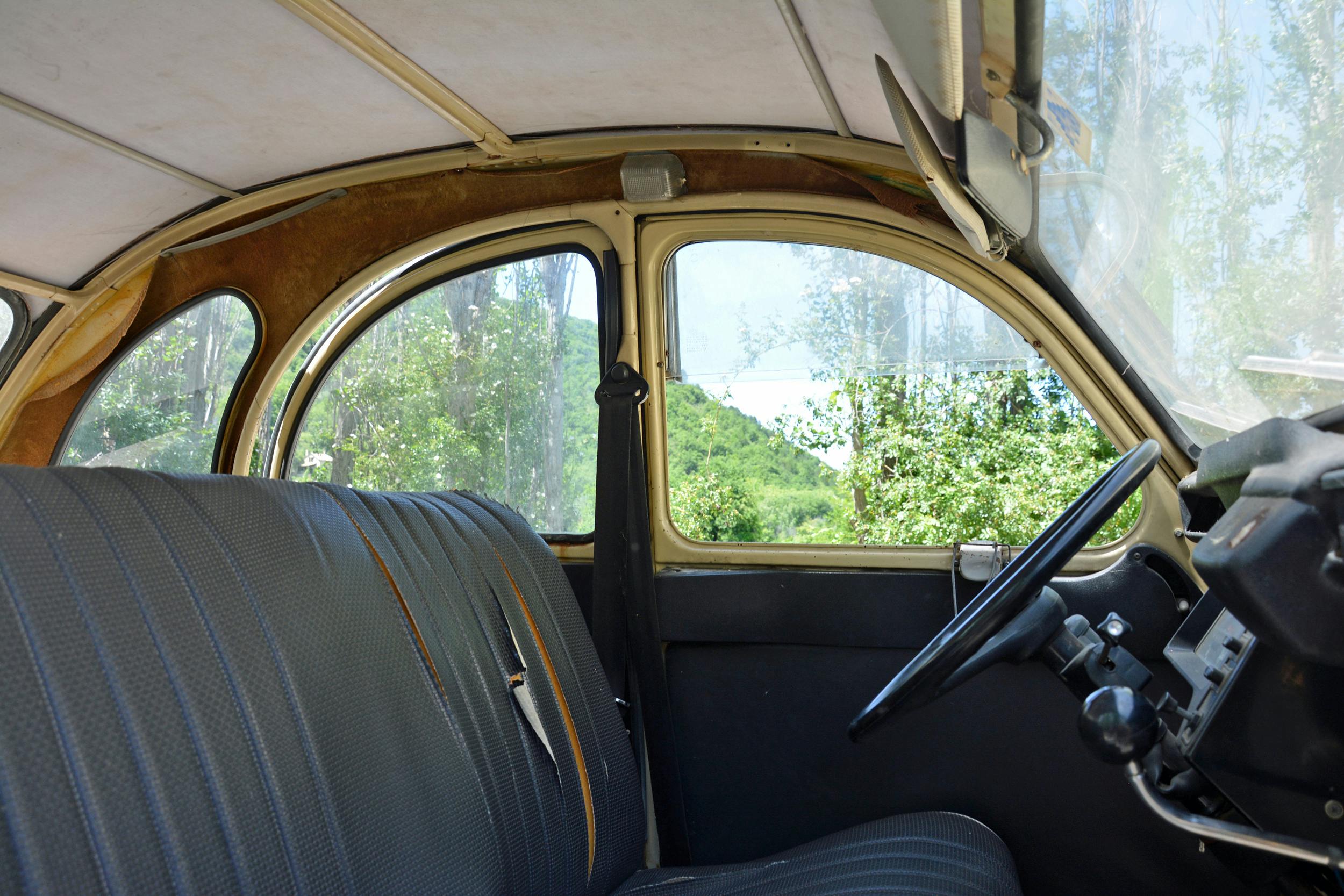Media | Articles
This is the year I return the favor to my 2CV
“I shouldn’t have neglected this car,” I thought out loud, with many more verbalized expletives. I was frustrated, blasting air into a new tire with zero miles on it that had gone flat from years of sitting. This unrestored, mostly original 1978 2CV deserves better. It was there for me nearly a decade ago, and now it’s time I paid it back.
At no point was my plan to park it in a garage for years on end. I took it off the road in 2013 because it was in dire need of electrical work, and stepping on the brake pedal felt like walking through a mossy forest. Fixing these problems should have taken me a weekend, maybe two, yet it sat, and sat… and sat.
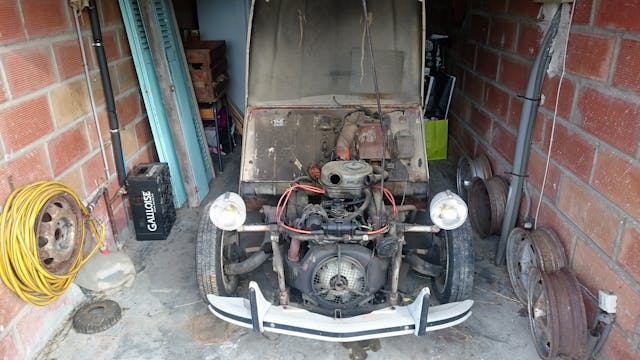
Cheap wheels
I bought this 2CV for precisely 325 euros from a farmer who used it as a mobile storage shed, towed it home, and got it running on both cylinders. I planned to drive it around Europe until I realized the trip was a hell of a lot more ambitious than it sounded. I kept it and coaxed it into daily service in 2011, but not because I wanted to live a laid-back, Instagram-acing life behind the wheel of a vintage Citroën. (Instagram, of course, had only launched in 2010.)
I was 22 and broke. I couldn’t afford a full tank of gas, and the 2CV’s 435-cc flat-twin fit better into my fuel budget than the surprisingly thirsty 1.1-liter flat-four that powered the gorgeous 1983 Citroën GSA sedan I drove at the time. After filling the basketball-sized hole in the driver’s seat with a pillow propped up on a spice rack, I convinced a then-neighbor’s friend, who worked at a shop, to ignore some pretty gnarly rust spots and grant me a two-year inspections sticker. This favor cost me a 25-euro bottle of pastis, which was considerably cheaper and quicker than getting the rust professionally fixed. It also required taking the car in after hours to keep it as low-key as possible.

Sketchy? Sure, and I wouldn’t advocate you follow my example, by the way. But I did what I had to do.
Marketplace
Buy and sell classics with confidence
My priority was that I had a running, driving, and inspected car that slashed my monthly fuel budget. It wasn’t much of a car on paper, but I quickly learned how to make the most of the flat-twin. This is one of the last true 2CVs, with two taxable horsepower (chevaux-vapeur, or, steam horses) for registration; models powered by the 602-cc had three taxable horsepower, so they were legally 3CVs. Its engine wails out 24 horsepower at 6750 rpm and 21 pound-feet of torque at 4500 rpm. If you shift from second to third at 2500 rpm, there are about 10 horses under your right foot, and you’re going to move as quickly as a funky, yet undeniably majestic Roman chariot.
Life with the twin
Driving a 2CV requires keeping the engine in the upper echelons of its rev range as often as possible, though Citroën didn’t bother fitting a tachometer so you need to play it by ear, and realizing that momentum is precious and should never be wasted, even if it means leaning into a turn like a 747. I got good enough at it that I could leave tailgaters in late-model Renault crossovers in my loose rear-view mirror by pre-loading the hilariously soft suspension before a bend (instead of easing into it) to avoid hitting the brakes. The suspension cylinders groaned like an angry donkey at every turn.
Going in a straight line was trickier. My car ran out of breath at about 50 mph, which fell well short of the 60-mph top speed Citroën advertised in 1978. I couldn’t safely go on the highway (I accidentally did once and swore never to again after I was nearly flattened by a Scania bus), which was a blessing in disguise because tolls were—and still are—expensive. I got into the habit of thinking twice before exiting a parking lot, planning my trips around hills when possible, and looking two or three cars ahead to ensure I didn’t overwhelm the four drums tasked with bringing this 1200-pound snail to a stop.
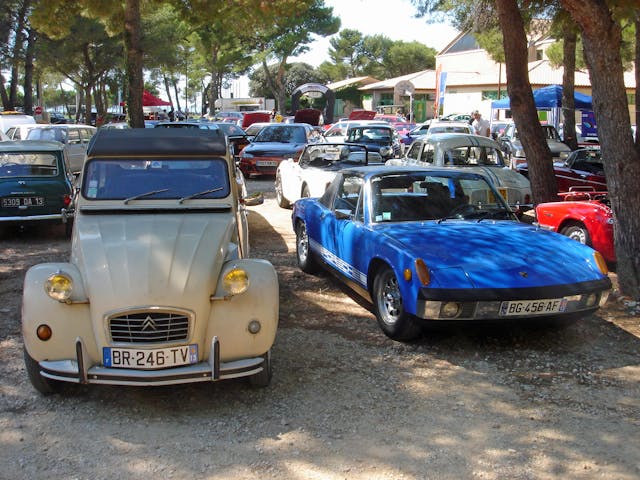
Keeping it on the road on a shoestring budget became an art form. Its soft top was a harlequin-like assortment of peeling tape until I found a cheap used replacement with fewer holes. I tangled garden wire to secure the wires going to the coil’s positive and negative terminals, and I fitted a window latch from a bent door I found in a scrap pile. In exchange, it gave me an entry into car shows, where we were largely snubbed, and it happily transformed itself into a pickup when I needed to haul bulky items.
I loved it; it never felt like a compromise. As I drove to my night shifts in a grocery store, with the driver-side window flapped up and the yellow headlight bulbs dimly pointing the way, the flat-twin’s unmistakable cacophony boomed through the cabin as a reminder that, one way or another, everything was going to be okay. It felt like if the 2CV was trying to tell me “I’ve got your back if you’ve got mine.”
Sibling rivalry
And then, I dropped the ball. The first car that overshadowed the 2CV was a 1980 Renault 14 TL a friend kindly gave me about a week before I parked it. It was in terrible shape (it was on its third engine and the engine was in its third car) but I figured it’d do while I fixed the Citroën. The brakes turned out to be worse than I had anticipated, the whole system needed to be rebuilt, so I continued driving the 14 as I saved up money to buy parts. Next, a relative kindly gave me a 1980 Renault 4 F4 (notice a pattern?) which needed minor work from sitting for about a decade. It was a van, and I needed one to fix up the abandoned three-bedroom my girlfriend and I had decided we’d call home, so I poured the 2CV fund into making it road-worthy. With the van registered, I turned my attention to the house, which took up a vast majority of my time, budget, and energy for over a year. With that done, we got married. Work then got in the way, as did other projects I’d picked up (including a free 1983 Citroën Visa).

I got used to seeing the 2CV lurking under a thickening layer of dust. Every year, I’d tell myself I’d have it back on the road in time for summer, but it was no closer to driving by the time the leaves began to fall. Its sentence was almost commuted in 2017 when one of my wife’s friends wanted to use it as her wedding car. I started putting the brakes back together, fixed the seats, and ordered new tires. Of course, she changed her mind when she spotted my 1979 Mercedes-Benz 300D. It was more “ceremony-friendly.”
The 2CV stayed behind when I moved, partly because my plans to buy a 1965 Saviem SG2 flatbed fell through. Over a year later, the owner of the garage it was in asked that I make it disappear, so I rented a Renault Master and trucked it up to its new home. Understandably, the car is unhappy about the whole seven-year coma thing.
Rust evidently doesn’t fix itself, and the French government made safety and emissions much stricter in 2018. No amount of pastis will squeeze it through this time around. My 2CV also won’t start; there’s no spark, which will be a relatively quick and easy fix. Sigh. I’m realistic enough not to promise myself it will zigzag across the Alps before summer arrives, but I’m determined not to park it until 2027. This is the year.

